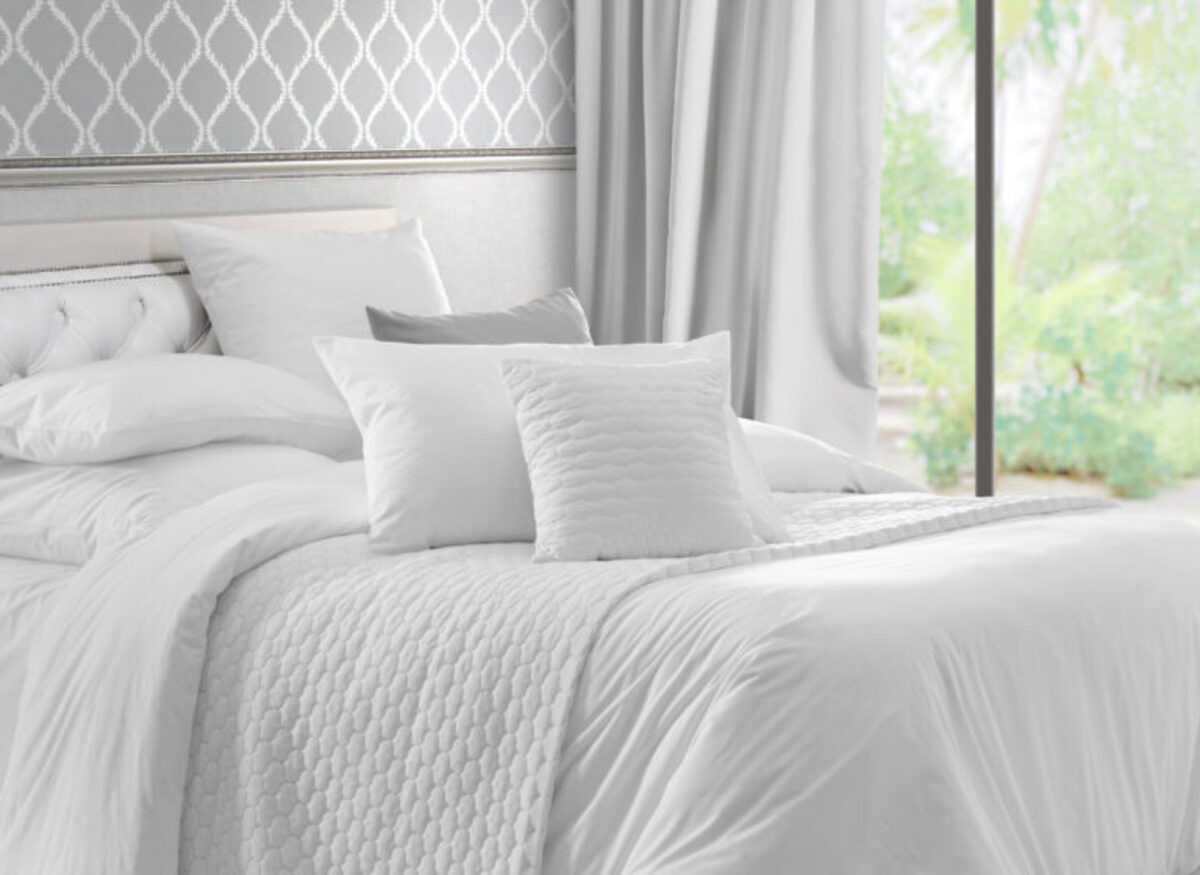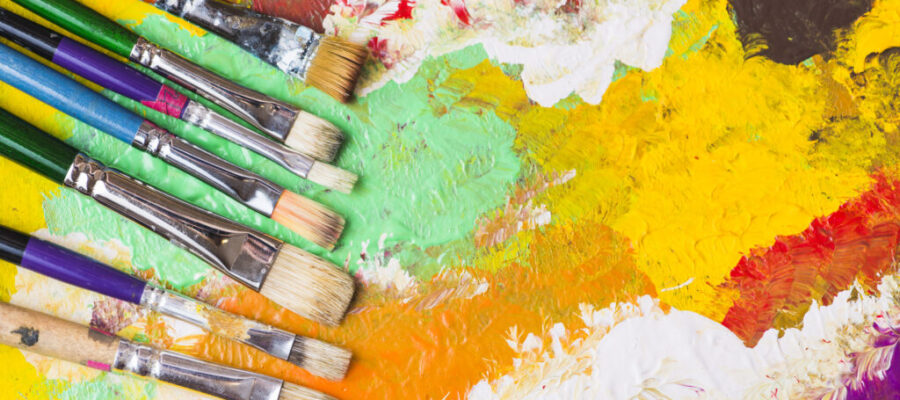You just discovered a new passion, i.e. acrylic painting, so you want to know everything about it? Do you paint every day and practice your technique, to improve better and better? You inquire every time you have the opportunity and give you all your interest, why are you really interested in advance? In this case, this article will be of great use for you, because inside you will discover the techniques and materials necessary in this regard. Read it until the end and look at what it is!
The appearance of acrylic painting
Although, for centuries, oil -based colors were among the materials that artists all over the world benefited, but after the industrialization that took place in the mid -20th century, the synthetic colors, such as acrylic, began to be made. Shortly after their appearance on the market, they became extremely popular, due to the advantages they have. These include the ease with which they can be used, their rapid drying and accessibility, given by the fact that they can be applied on almost all surfaces and integrated into many painting techniques, which offers artists a wide range of options in terms of creation.
Specific techniques for acrylic painting
One thing that is worth appreciating in acrylic painting, in addition to the fact that they work very easily with them, dry quickly and are very resistant, but also synthetic, are the many techniques that you can get with their help. A first example would be to work with fluid colors, as in the case of watercolors, up to the thicker layers of colors, as in the case of the colors of the oil. You can use the techniques known as «mixed media», which provides for the combination of compatible materials such as markers, acrylic paint, ink, acrylic gels and pasta or incorporation of decorative materials, such as shells, sand or glitter. Therefore, the most popular techniques of acrylic paint are the application of the substrate, the creation of the consistency, the block, the rude, the painting with the dry brush, the painting with the media or even the application of a glaze.
Colors for acrylic painting
The acrylic colors are pigments concentrated in a polymer resin, which is soluble in water. Since they are based on water, it is not necessary to use certain
Toxic solvents to clean them. It is sufficient if you are whisking with soap and water and you are suitable for the more experts, but also for those at the beginning of the road in this process. They are more viscous of watercolors, gasa or tempera and, depending on their consistency, they can be a soft body or heavy body.
For example, the first type of colors is less viscous, being more fluid and having a consistency that recalls that of honey. Furthermore, they do not keep the tracks of the brush, leaving behind a smooth layer. For this reason, they can mix perfectly with other painting environments, keeping their consistency, so that they remain easy to apply.
The second type of acrylic colors, the heavy body, has the highest density, resembles butter in terms of consistency and, at the same time, colors of the oil. Being easy to apply, they are also suitable for abrasive and thick surfaces.
Depending on the technique you want to implement, you must also choose the type of colors you use. The heavy body is suitable for volume techniques, three -dimensional plots and application in the knife, and those in Cornigra are used to cover larger surfaces. It can also be mixed with various environments for painting, which gives you control in terms of brilliance, fluidity and drying time.
Materials necessary for acrylic painting

In addition to the classic brushes used, these colors can be modeled with the help of special painting knives or spatulas. The fact that they have greater viscosity and consistency, allows you to create three -dimensional lines and shapes, atypical plots or thick layers, making the most of their flexible character. In general, when it comes to acrylic colors, they can be applied by the casting, with the buffer model, with your fingers, with a different comb, with the casting or with sponges or these special knives, depending on the preferences of the artist and the finished product they aspire to obtain.
Which brushes we use
The brushes used in the painting of the acrylic paint are those made, both synthetic and natural threads, depending on the technique used. Their hair must be as difficult as possible, but also flexible, but this depends on the level of viscosity of the brush. Furthermore, another important aspect, which every person who wants to paint with acrylic colors must know, is that for a favorable result, the brushes are wet during use and washed immediately, considering the speed with which the paint is dried and how difficult it can damage them.
Suitable surfaces for acrylic painting
Being their main advantage, acrylic colors can be applied on almost all types of surfaces, such as canvas, wood, paper, stone, glass, leather, ceramic or even plastic. After drying, acrylic colors obtain a permanent and waterproof character, that is, water resistant, while the surface on which it has been painted becomes flexible and resistant. Unlike colors based on oil, which last days or weeks, acrylic ones have a drying time of a few minutes or hours, at most, being resistant to any surface would be applied.
If the surfaces with which you work are some absorbents, such as cardboard or wood or very shiny, such as plastic, you must prepare it with a primer or acrylic plaster, which has the role of sealing that surface that absorbs, forming a flexible and uniform film. In this way, the power of the colors of adhesion and coverage increases. The most common work surface for acrylic colors is the chassis canvas, being ideal for all painting techniques and beginners are recommended for paper painting, which is thicker than the design.
How to introduce acrylic paintings in furnishings
The acrylic paintings have a very special aspect and if you have talent and desire in this regard, you can perform many works that, therefore, you can install on the walls of the rooms of your home and beyond, leaving your mark and offering vitality to the respective rooms by combining a stain. You have a free hand in terms of combination of colors to obtain the best result and in the end you just have to be careful where and how to place the final product. In addition to the paintings in the form of paintings, you can also paint various decorative objects that you can also place everywhere in the house you think it would be nice. A good idea would be that instead of launching various furniture or decorations you have bored, to leave your creativity and give them a fresh appearance, painting them with the help of acrylic colors.
In conclusion, if you want to learn the most popular techniques in acrylic painting and make sure you have the right materials, take into account the information found along this article and you have no way to fail!
latest posts published
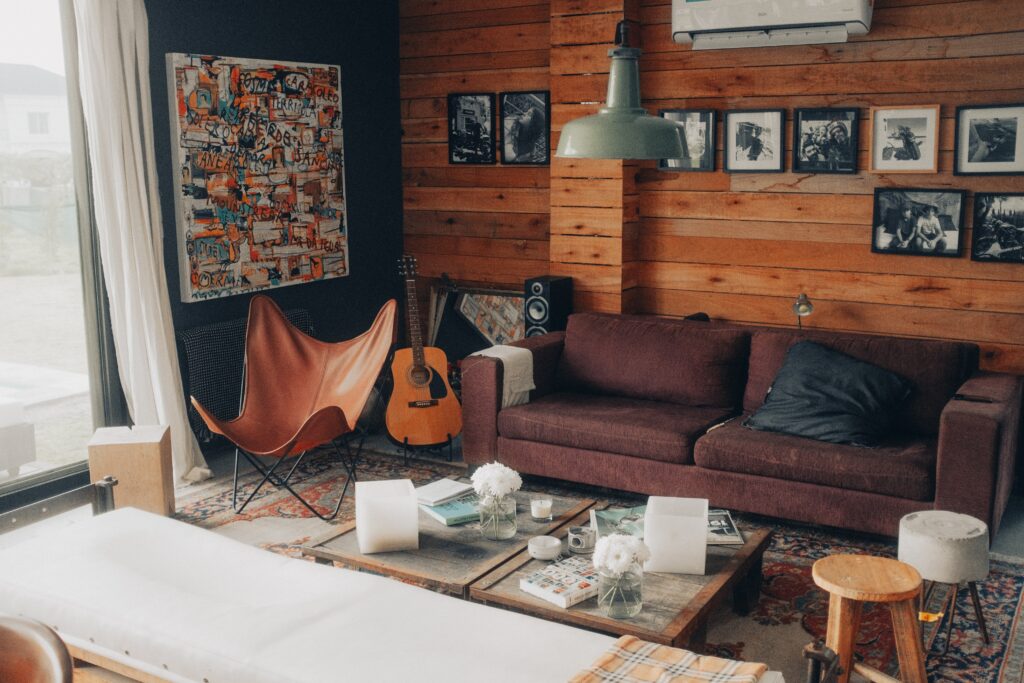
What is the brown sofa match: design suggestions

Gadget for a perfect office
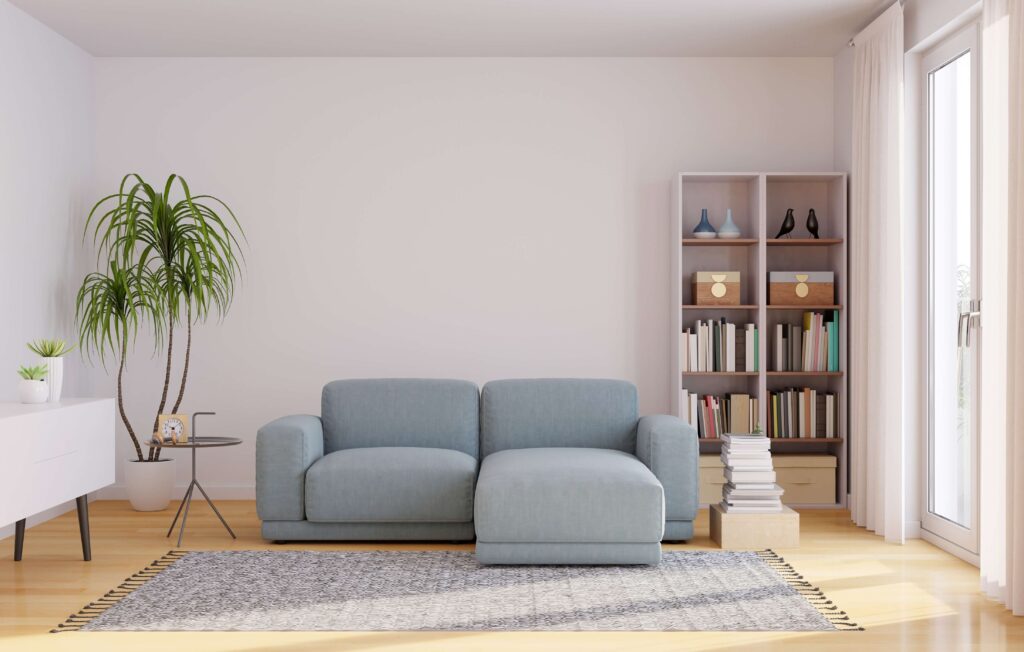
Landing of the living room from a small apartment: how to use you intelligently from the existing space

Camara in the foreground – Mesoni
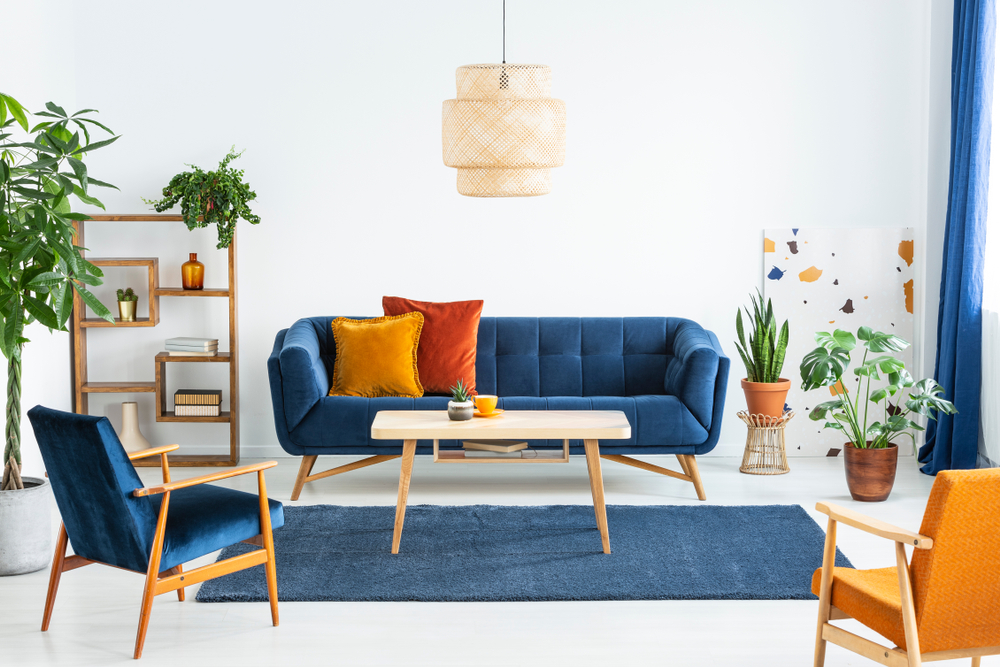
How to choose the most suitable rugs for your home
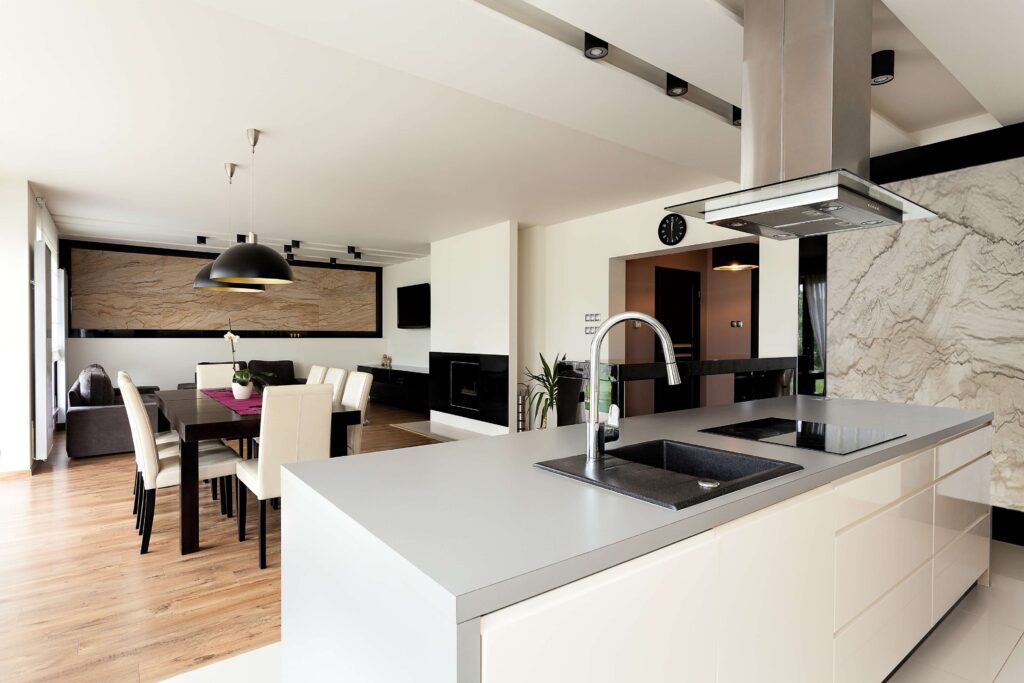
Committee of the kitchen: 3 styles and ideas on fashion

3 natural materials for an exceptional arrangement

Inspired wedding gifts: practical ideas and suggestions

Sleep quality: 10 habits that can influence it and how you can improve it
